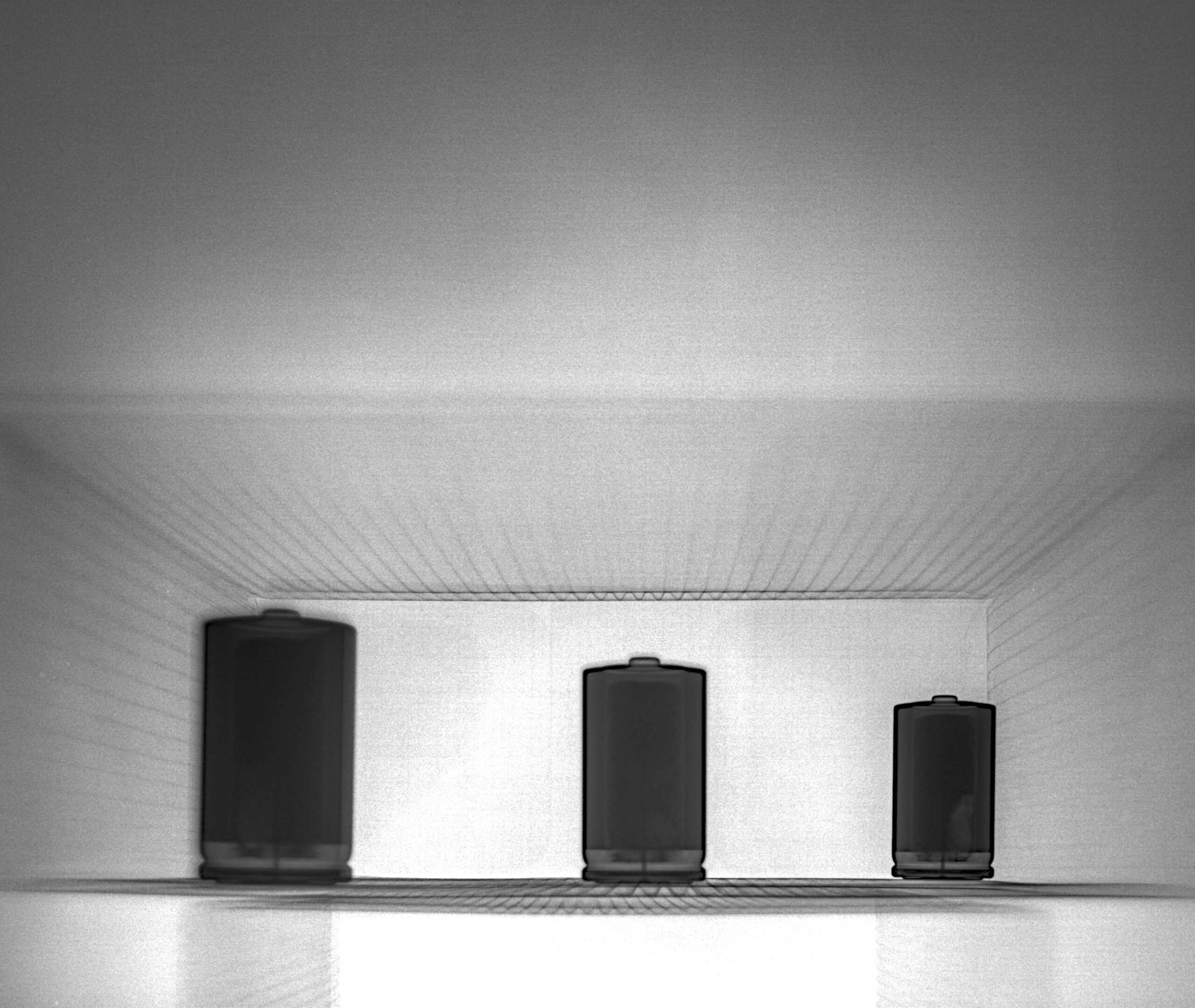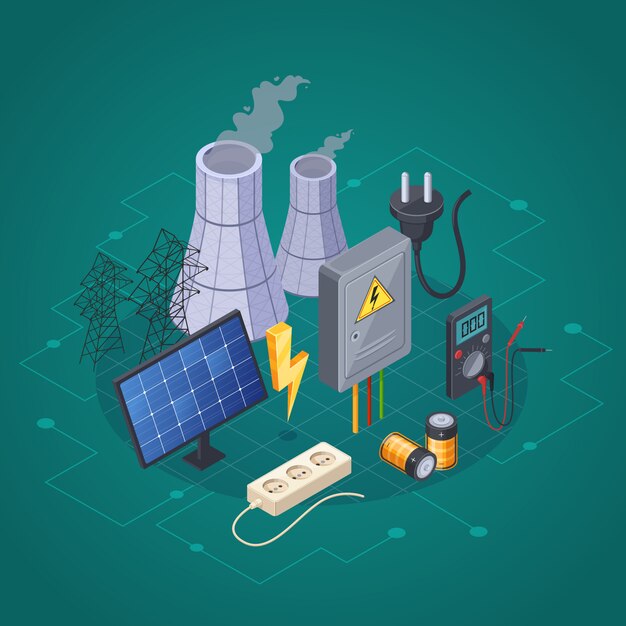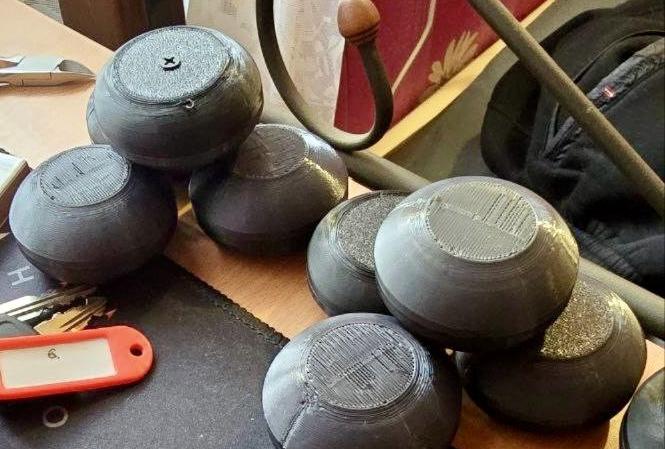The best practice when x-raying a suspect item is to get all the angles: back to front (A-C), side to side (B-D), top to bottom (E-F) shots. Sometimes these shots are hard or impossible to get safely and it is important to ask: what information can we get if we stick to only an A-C shot? Is it enough to get spatial resolution inside the item? Spoiler: yes.
Here is the constraint for this scenario: you have an item that for whatever reason you can only get one angle on. You can move the x-ray panel or source in between shots, but only in the same plane. For the purposes of this scenario, I will be moving the source rather than the panel.
An x-ray image is a 2D representation of the object but it does actually have part of the 3D information because the distance between the panel and the object creates magnification. The magnification factor is equal to the source-imager (or panel) distance (SID) divided by the source-object distance (SOD):
\( M = \frac{\text{Relative Size}}{\text{Actual Size}} = \frac{\text{SID}}{\text{SOD}} \)
If we are trying to figure out where along the length of that axis an item like a 9V battery is, we can use the known actual size and the magnification factor to determine where inside the item the 9V battery is. This should be relatively clear to people who have played around with x-rays: things that appear larger than they should be are further away from the panel (and closer to the x-ray source).
The bit that may be more surprising is that we can also figure out where an item is when we do not know what the actual size is by moving the source and hence changing the magnification factor. The derivation is a little bit messy but the process is simple for taking the x-ray. First, take an image where the source is closer than you would normally take it and the panel is in a typical position. Note this source-image distance down. Move the source back a set distance (we will call it y) and take another image.

The two images you have will have different magnification factors for the object we are trying to locate along the axis of the shot. Measure these in your x-ray software. We can then use the expression we had before for magnification factors and take the ratio, noting that our SID and SOD are changing by the distance y:
\( \frac{M_{2}}{M_{1}} = \frac{\frac{\text{SID}+y}{\text{SOD}+y}}{\frac{\text{SID}}{\text{SOD}}}\)
We could solve this expression for SOD to find where the object we are looking for is inside the item, but a more useful value x will be easier to work with, where x is the distance from the panel to the object. Given that the panel will typically be right next to the object, x is an easier distance to measure. Noting that \(\text{SID} = \text{SOD} + x \), we can re-arrange the expression above as:
\( \frac{M_{2}}{M_{1}} = 1 – \frac{xy}{\text{SID} (\text{SID}-x+y)}\)
With a bit more rearranging of equations, and using the relative size we measured earlier in images 1, 2 (\(\text{Rel}_{1,2}\)):
\( x = \frac{(\text{SID}+y)(1-\frac{\text{Rel}_{2}}{\text{Rel}_{1}})}{\frac{y}{\text{SID}}+(1-\frac{\text{Rel}_{2}}{\text{Rel}_{1}})} \)
This is a somewhat ugly expression, but it is important to note that all the values on the right hand side of the equation are knowns: the source-image distance (SID) was measured for the first image, the distance the source was brought back (y) was measured, and the relative sizes of the object (\(\text{Rel}\)) are measured on the images. If your x-ray tablet is like mine, you could make a quick Excel spreadsheet to do this calculation for you with the measured values and get depth perception to your item.
There are, of course, limitations: if some element in the x-ray image completely blocks another thing, then naturally there is no way to see it from that angle. For this technique to work we need at least enough x-ray penetration to see through to the panel. It is also a more cumbersome and unclear way than getting alternate angles. However, in a pinch, depth perception for known and unknown sized objects is possible from a single axis shot.




